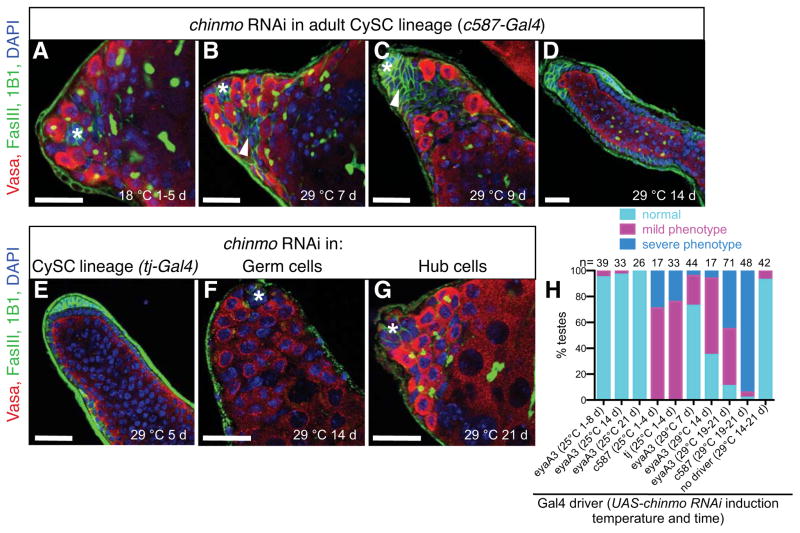Figure 5. Chinmo is required autonomously in adult CySC lineage cells to prevent their transformation into female soma.
(A–G) Immunofluorescence detection of FasIII (green at cell periphery) and the germ cell marker Vasa (red) to visualize the morphology of adult testes after expression of chinmo-RNAi in different cell types. Before RNAi induction in the CySC lineage (A), testes appear normal. After RNAi induction in the CySC lineage, testes resemble chinmoST testes: somatic cells initially form aggregates (97% of testes, n = 36/37) (B–C, arrowheads) and then follicle-like cells (76% of testes, n = 68/90) (D). RNAi induction in the CySC lineage with a different Gal4 driver also phenocopies chinmoST testes (E). RNAi induction in germ cells (F) or in hub cells (G) does not phenocopy chinmoST. Hubs marked by asterisk. Scale bars = 20 μm. (H) Composite bar graph showing the percentage of testes with normal, mild, or severe phenotypes after expression of chinmo-RNAi with different somatic drivers. Testes remain morphologically wild type after chinmo-RNAi expression only in cyst cells (eyaA3-Gal4 at 25 °C), but after expression in both CySCs and cyst cells (eyaA3-Gal4 at 29 °C, c587-Gal4, or tj-Gal4), testes display a range of chinmoST phenotypes, as defined in Methods. See also Figure S2, Table S3.

